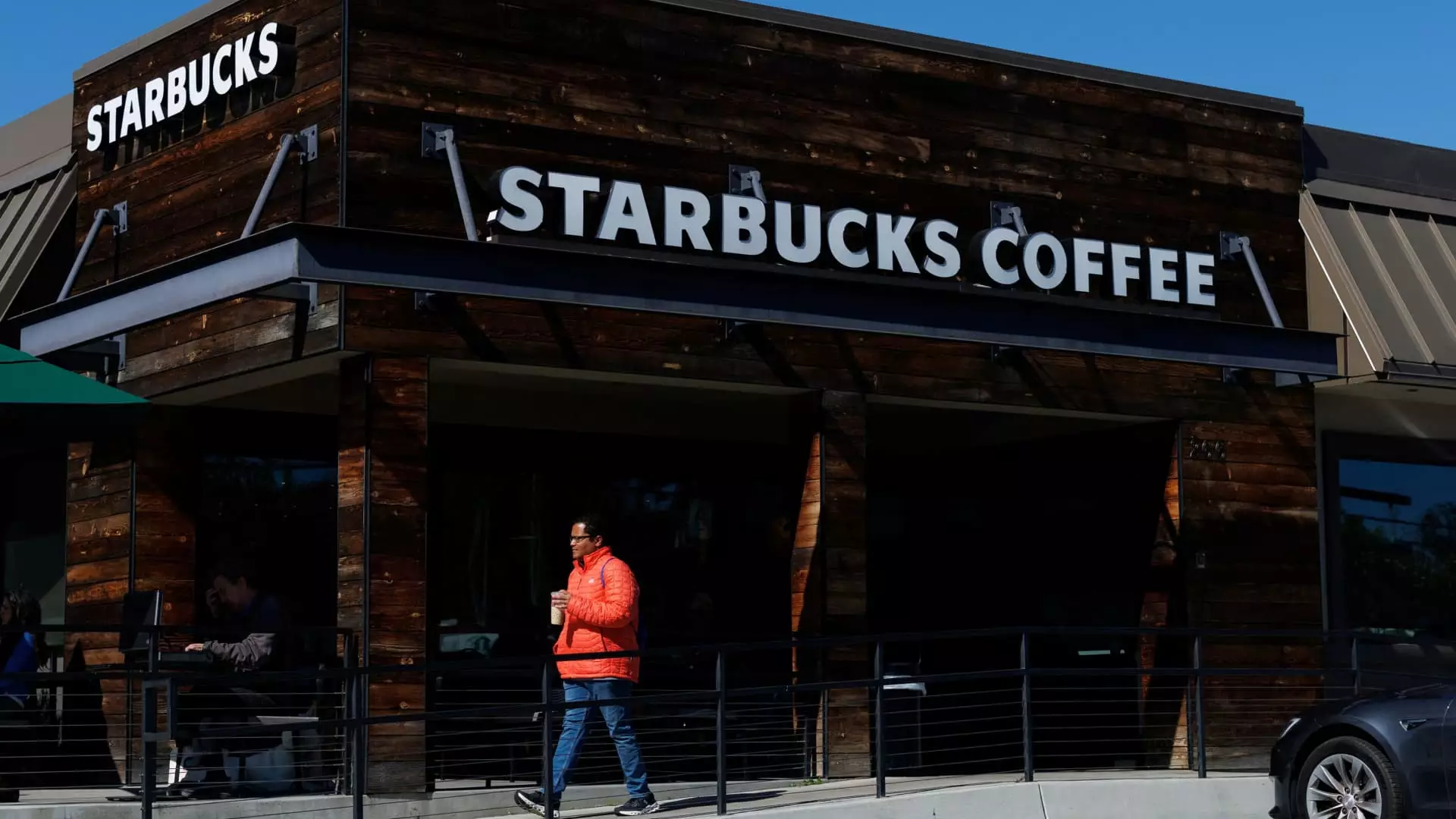The recent fluctuations in restaurant stocks present a case study in how sensitive various sectors of the economy can be to political maneuvers and tariff policies. Investors are understandably skittish following President Trump’s controversial implementation of high tariffs on imports from several key trading partners. While many analysts claim that the direct impact on the restaurant sector may be minimal, the broader implications of these tariffs on consumer behavior cannot be overstated. The inflation that will invariably follow could pinch consumers’ wallets, leading to a potentially sharp reduction in discretionary spending on dining out.
The environment appears particularly hostile, with analysts highlighting the real threat lies in consumer confidence. UBS analyst Dennis Geiger points out that while direct cost increases for restaurants will be manageable, the cumulative stress on consumer wallets presents a ticking time bomb. The link between economic insecurity and dining habits is undeniable, and this development signals a dangerous precedent worth monitoring as the economy inches closer to potential recession territory.
The Starbucks Struggle: A Canary in the Coal Mine
Starbucks stands as a telling example of the restaurant industry’s struggle in the current climate. A recent downgrade by Baird to a neutral stance has catalyzed a stock price decline of nearly 20% since the announcement of the tariffs. While financial analysts excuse this dip with references to operational challenges, the underlying current is one of deepening economic malaise. As purchasing power dwindles, consumers begin to reassess their premium coffee purchases, which are decidedly non-essential spending.
Compounding this issue is the geopolitical landscape. Increased tariffs on coffee imports from countries such as Vietnam and Brazil threaten to drive coffee prices up further, straining the company’s ability to maintain its profit margins. If Starbucks cannot absorb these costs or pass them onto consumers, their already vulnerable position in the marketplace will only worsen. Economic challenges and potential anti-American sentiments particularly in markets like China could add fuel to the fire, ultimately jeopardizing Starbucks’ ambitious international growth strategy.
Casual Dining Chains on the Brink
The casual dining sector, long seen as a bellwether for broader dining trends, is also feeling the pinch. Heavyweights like Dine Brands, operators of Applebee’s and IHOP, have experienced substantial stock declines, all while quick-service chains like McDonald’s hold their entity but face equally dim prospects. While historically, fast-food establishments have benefited during economic downturns as diners migrate to cost-effective options, the current data reflect a shift. Last year’s spicy inflationary pressures left even fast-food diners thinking twice, as low-income consumers diminished both visitation and order sizes.
The surprising retreat of casual dining highlights underlying economic fragilities as even established players struggle to attract customers. The more significant question arises: Will the casual dining niche ever fully recover? As consumers gravitate toward cost-effective options, the appeal of dining out could dwindle, leading to an accelerated trend towards disillusionment with full-service restaurants.
Fast-Casuals: A Shaky Future
The fast-casual segment, once a darling of investors, has begun to show signs of significant vulnerability. Chipotle, once riding high on a wave of popularity, recently faced a nearly 2% drop in stock value. As more consumers tighten their belts, we may soon witness a reversal of fortune for an industry that felt insulated from the ebb and flow of macroeconomic trends. Fast-casual restaurants thrive on the promise of quality meals at reasonable prices, yet as inflation bites and economic anxiety grows, even these establishments could find themselves caught in a downward spiral.
Investors have typically viewed fast-casual dining as a buffer against recessions, but current market movements suggest that even these modern dining schemes are unequipped to weather the perfect storm being brewed by economic factors and tariff-induced inflation.
Looking Ahead: What’s Next for Restaurant Investors?
As the economic landscape evolves, restaurant investors must remain acutely aware of these underlying trends. The interconnectivity of tariffs with consumer behavior and spending provides a fascinating yet troubling lens through which to view the industry. While some newcomers like Dutch Bros. and Cava have managed to buck the trend of declining stock prices, the overarching reality is that the restaurant industry is poised for a tumultuous period ahead.
Investors would do well to remain vigilant, as these trends may set the tone for how dining establishments adapt or struggle against a backdrop of burgeoning economic uncertainty. The once insular world of restaurant stocks will require nimbleness and foresight to navigate these choppy waters effectively and sustain robust investor confidence.


Leave a Reply